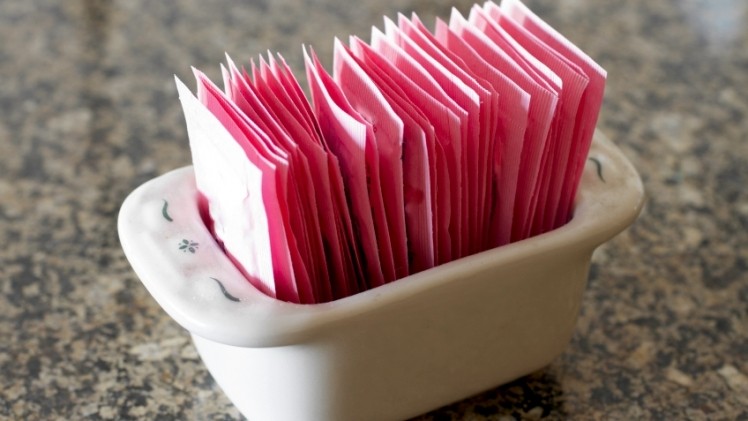Asia-Pacific sweetener market dynamics

According to Euromonitor International, the 5% growth the industry saw from 2009-14 is more likely to be 4% until 2019. Given that absolute growth in Asia-Pacific sweetener consumption far exceeds all other region, sustained 4% growth still appears impressive, also given the region’s large base.
Strong growth is forecast for China, Indonesia and India. By contrast, consumption in developed Japan is expected to decline, with a fall in sales of chewing gum responsible.
Emerging markets, particularly Asia-Pacific, are expected to continue growing; likewise in Middle East. Increased consumption of products such as chewing gum and carbonates, which use significant quantities of speciality sweeteners, is forecast in these regions and should provide opportunities for sweetener suppliers.
The pool of speciality sweetener manufacturers has deepened in recent years as manufacturers in Asia have emerged who are able to undercut the established names in Western markets, Euromonitor found. Much of this stems from the expiry of patents that previously guaranteed certain companies exclusivity in production.
Asia Pacific is has been acting as the engine of global sweeteners growth, accounting for 70% of global absolute volume growth over 2009-2014, at an annualised average of 5%, compared to just 2%.
It accounted for 20% of global high-intensity sweetener consumption in 2014, at a time when consumption is slowing in developed markets, so uptake in Asia-Pacific will be key, and a respectable CAGR of 5% forecast until 2019.
Australasia, meanwhile, accounted for only 1% of global consumption in 2014. Unlike in other developed markets, growth in sweeteners from 2009-2014 remained relatively strong in Australasia, with annualised growth of 4% compared to -0.8% in North America and 0.4% in Western Europe. This growth was mainly due to the performance of polyols, which recorded growth of 5% annually, compared to 1% for high intensity sweeteners.
Euromonitor expects consumption Down Under will slow by 2019, to a possible2%.
Growth in the Middle East and Africa was second only to Asia Pacific between 2009 and 2014, with increased consumption exceeding 6,000 tonnes. Indeed, it is anticipated that every speciality sweetener will grow at a faster rate in the Middle East compared to the world average.
Growth in aspartame consumption in is expected to outstrip every other region, at 630 tonnes. This highlights the region’s importance to aspartame, with manufacturers in these markets attracted by aspartame’s low price and under less pressure to consider the health concerns that dog aspartame in other regions.







